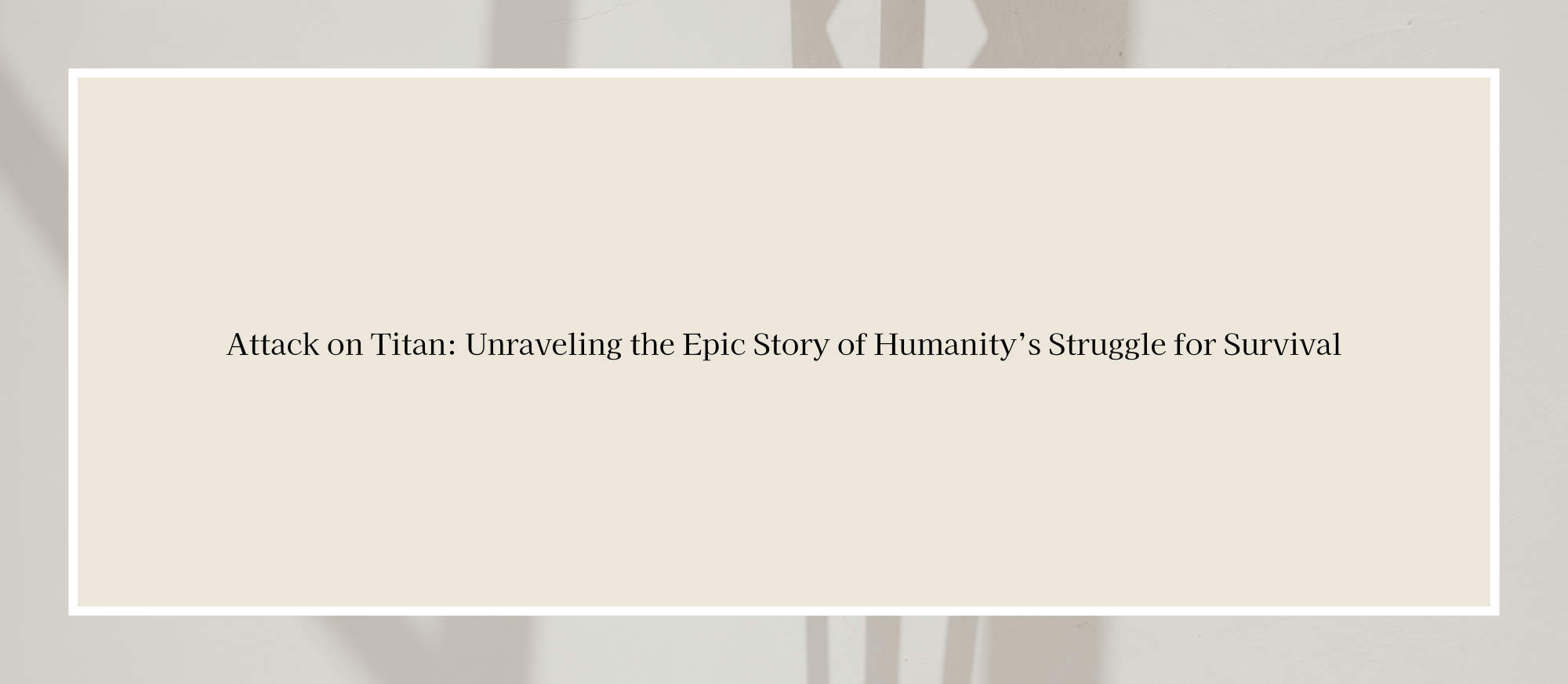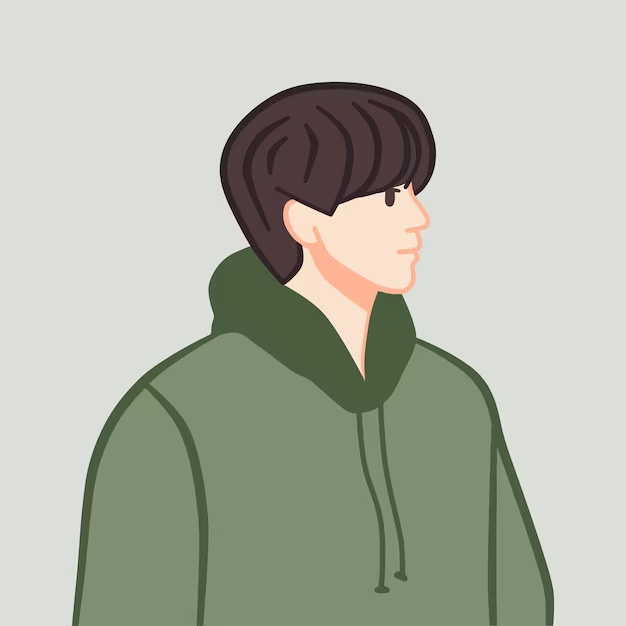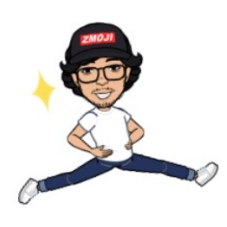Article Structure
- Introduction to Attack on Titan
- Provide an overview of the anime, including its origins, release dates, and the massive impact it has had on the anime industry. Highlight the premise of the story, where humanity fights for survival against giant humanoid creatures known as Titans.
- Plot Overview and Key Story Arcs
- Outline the main storyline, focusing on the key arcs such as the Fall of Shiganshina, the Battle of Trost, and the Female Titan arc. Discuss how these arcs build tension and drive the narrative forward, keeping viewers on the edge of their seats.
- Character Profiles and Development
- Introduce the main characters like Eren Yeager, Mikasa Ackerman, and Armin Arlert. Discuss their backgrounds, motivations, and how their relationships evolve throughout the series. Highlight the character development that adds depth to the story.
- Themes and Symbolism
- Explore the major themes in Attack on Titan, such as freedom, fear, and the moral complexities of war. Discuss the symbolism used throughout the series, including the significance of the Titans and the walls that protect humanity.
- Visuals, Animation, and Impact
- Discuss the animation style, visual aesthetics, and how the action sequences are brought to life. Highlight the impact of the anime’s stunning visuals on its popularity. Consider how Attack on Titan has influenced the anime industry and its legacy in shaping future works.
Contents
Introduction to Attack on Titan
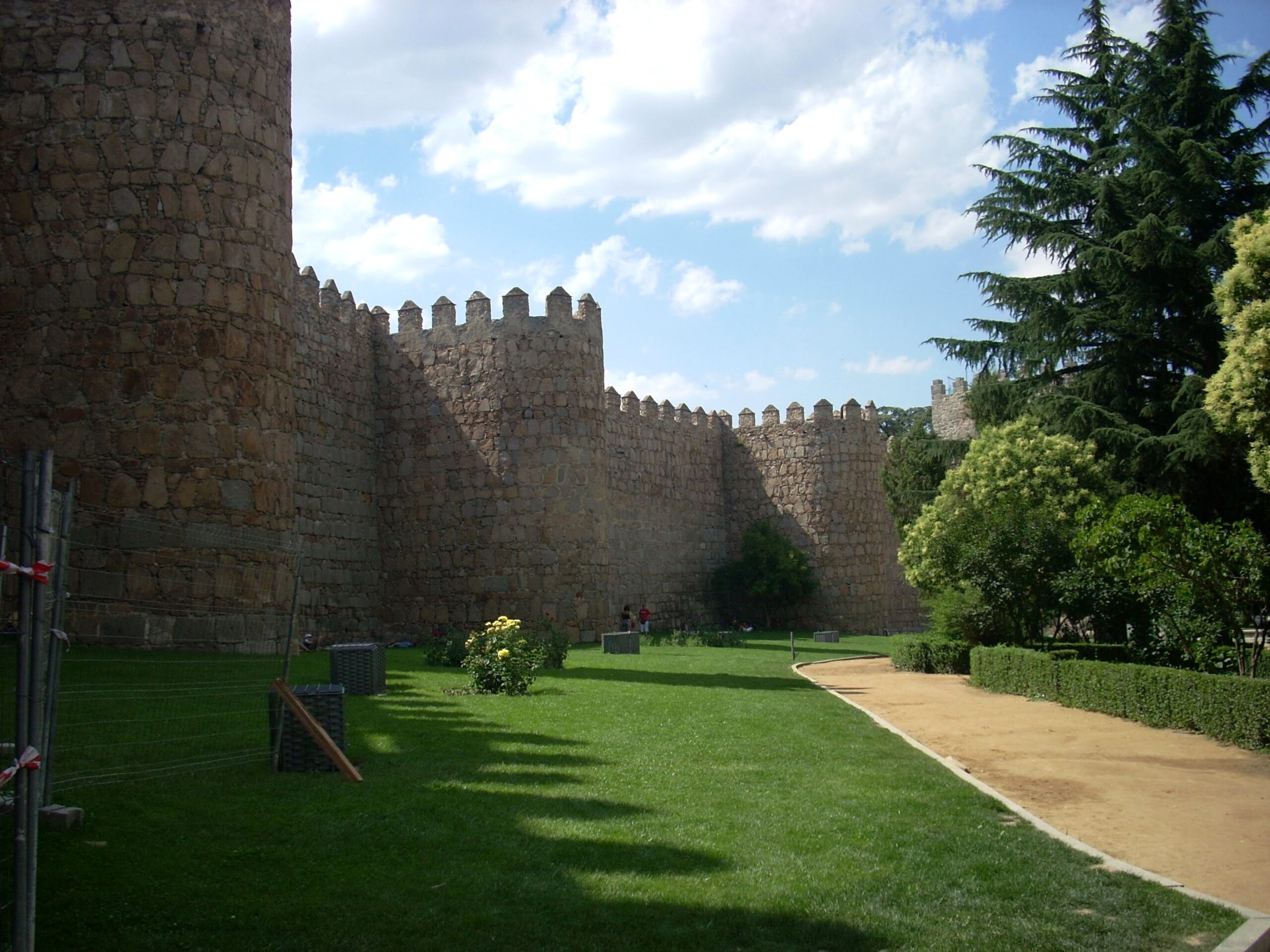
Let’s delve into the world of "Attack on Titan," one of the most influential anime series of the past decade. Originally based on the manga by Hajime Isayama, "Attack on Titan" (Shingeki no Kyojin) made its debut in 2013 and quickly became a global phenomenon. The anime has been praised for its intense storytelling, complex characters, and breathtaking animation, solidifying its place as a cornerstone of modern anime.
The story is set in a world where humanity teeters on the brink of extinction, confined within enormous walls that protect them from terrifying, giant humanoid creatures known as Titans. These Titans, mindless and seemingly unstoppable, exist for one purpose: to devour humans. The premise itself is gripping, but "Attack on Titan" goes beyond a simple survival story, delving into themes of freedom, fear, and the human condition.
At the heart of the story is Eren Yeager, a young boy who witnesses the brutal destruction of his hometown and the death of his mother at the hands of a Titan. Driven by a deep-seated desire for revenge, Eren joins the military, determined to wipe out the Titans and discover the truth behind their existence. Alongside Eren are his childhood friends, Mikasa Ackerman and Armin Arlert, each with their own motivations and struggles. Together, they face the horrors of their world, uncovering dark secrets that challenge everything they thought they knew.
"Attack on Titan" isn’t just about thrilling action and epic battles—it’s a narrative rich with moral ambiguity and complex characters. As the series progresses, viewers are forced to confront difficult questions about the cost of freedom, the nature of power, and what it truly means to be human. The story evolves from a simple tale of survival into a profound exploration of humanity’s darkest and brightest moments.
The impact of "Attack on Titan" on the anime industry cannot be overstated. Its success has not only propelled the manga to record-breaking sales but has also influenced countless other anime and manga series. The anime’s stunning visuals, particularly during its action sequences, have set a new standard for quality in the industry. Furthermore, the series’ ability to blend high-octane action with deep philosophical themes has resonated with audiences worldwide, making it a cultural touchstone.
In summary, "Attack on Titan" offers much more than just a battle between humans and monsters. It’s a story of resilience, sacrifice, and the relentless pursuit of truth, all set against the backdrop of a world where the line between good and evil is often blurred. Whether you’re new to anime or a seasoned fan, "Attack on Titan" is an essential watch, offering a gripping narrative that stays with you long after the credits roll.
Plot Overview and Key Story Arcs
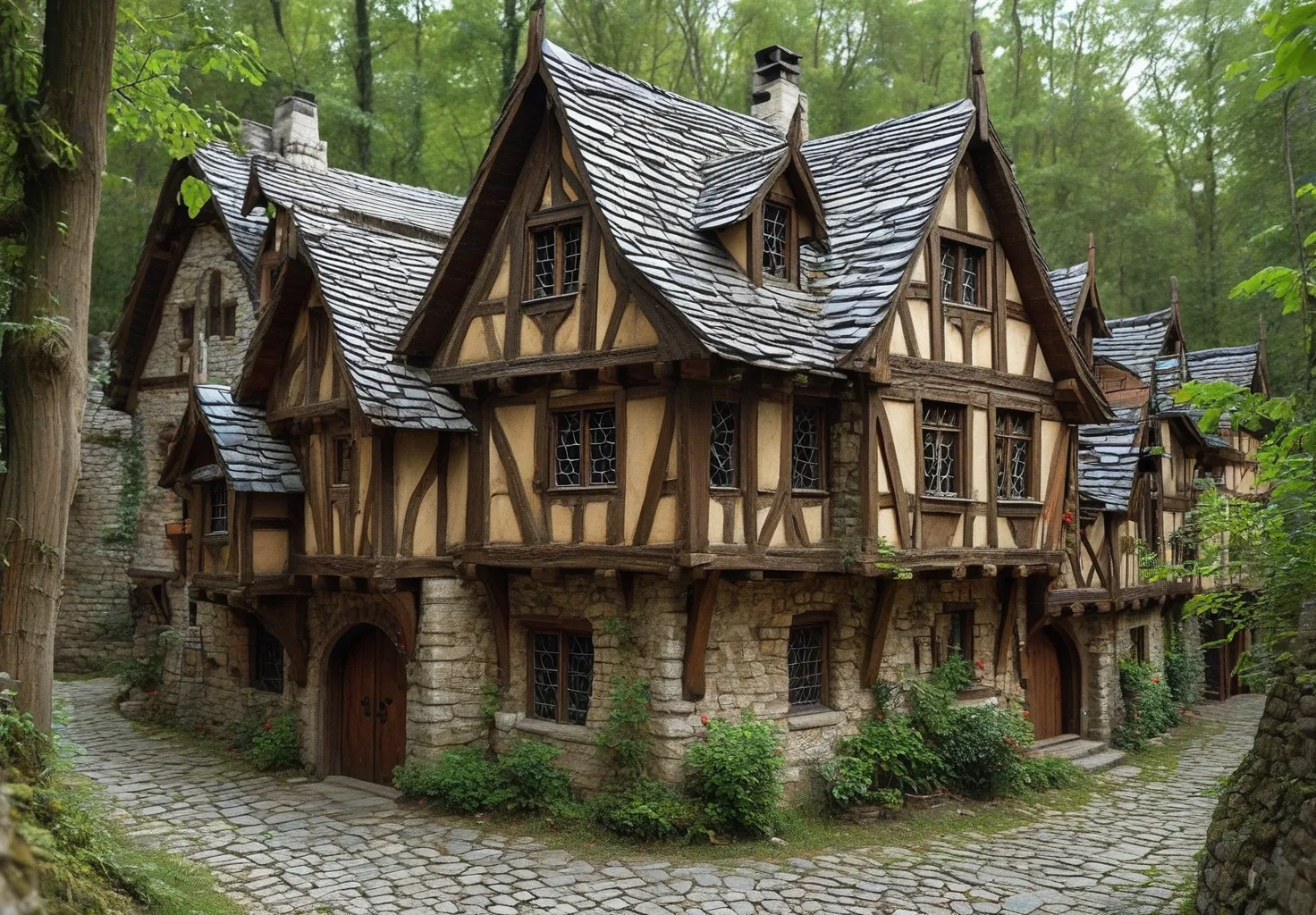
Let’s walk through the gripping storyline of "Attack on Titan," focusing on some of its most intense and pivotal arcs. The anime kicks off with the Fall of Shiganshina arc, a harrowing introduction to the world’s brutal reality. It all begins when the Colossal Titan breaches Wall Maria, allowing Titans to flood into the Shiganshina District. This catastrophic event not only leads to the destruction of Eren Yeager’s hometown but also sets him on a path of vengeance after witnessing his mother’s tragic death at the hands of a Titan. This arc is crucial as it establishes the stakes, introduces us to the primary characters, and gives us a chilling glimpse of the Titans' terror.
Next, we move on to the Battle of Trost arc, where the story ramps up the tension even further. With Wall Maria lost, humanity is pushed to the brink, and the remaining soldiers must protect Wall Rose from another breach. This arc showcases Eren’s first transformation into a Titan, a moment that shocks both the characters and the viewers. The Battle of Trost is a turning point in the series, as it reveals the possibility of using Titans as weapons against their own kind, raising the stakes and deepening the mystery surrounding Eren’s powers. The intensity of the battles and the strategic elements of warfare keep viewers on the edge of their seats, fully immersed in the struggle for survival.
The Female Titan arc introduces us to one of the series’ most enigmatic characters, Annie Leonhart. As the Survey Corps ventures beyond the walls for the first time in years, they are met with the brutal force of the Female Titan. This arc is a masterclass in building tension, as the identity of the Female Titan remains a mystery for much of the storyline, keeping viewers guessing and theorizing. The arc reaches its climax in the epic showdown within the walls of Stohess District, where the true nature of the Titans begins to unfold, and the narrative takes a darker, more complex turn. The revelations in this arc not only add layers to the story but also set the stage for future conflicts, making it one of the most memorable segments of the series.
These key arcs—Fall of Shiganshina, Battle of Trost, and Female Titan—are essential in shaping the narrative of "Attack on Titan." Each arc builds upon the last, steadily increasing the tension and expanding the world in which the story takes place. The series excels at keeping viewers engaged with its combination of intense action, deep character development, and ever-unfolding mysteries. It’s this carefully crafted pacing and escalation of stakes that make "Attack on Titan" such a compelling watch, leaving viewers eager for what comes next.
In summary, "Attack on Titan" masterfully weaves its key story arcs together, creating a narrative that is both thrilling and thought-provoking. The arcs mentioned not only drive the plot forward but also enrich the overall story, ensuring that viewers remain captivated from start to finish.
Character Profiles and Development
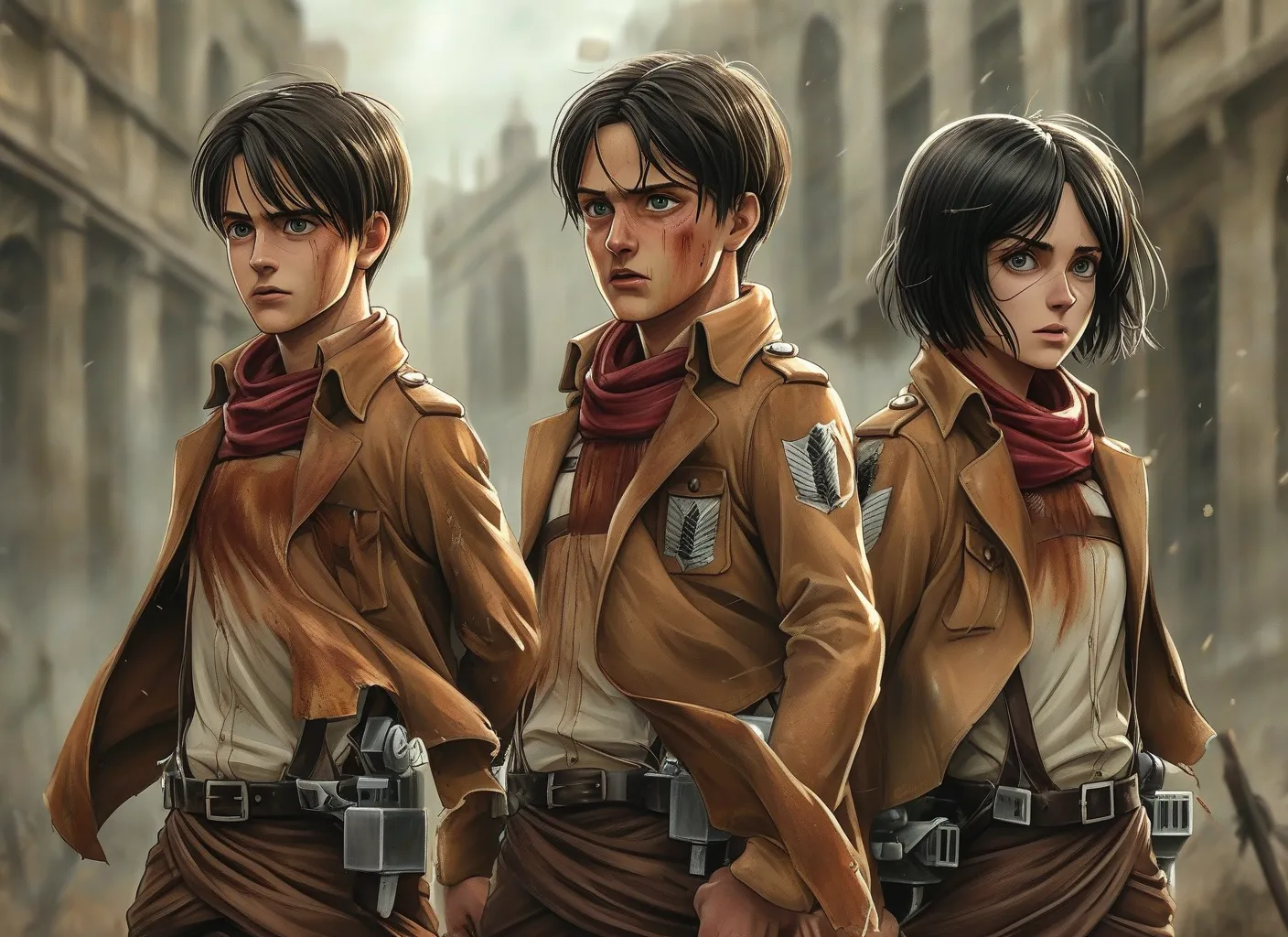
Let’s dive into the heart of "Attack on Titan"—its characters. The series is driven by a trio of main characters: Eren Yeager, Mikasa Ackerman, and Armin Arlert. Each of them brings something unique to the story, and their development over the course of the series adds significant depth to the narrative.
Eren Yeager is the fiery protagonist whose intense desire for freedom and vengeance drives much of the plot. From the outset, Eren is motivated by the traumatic loss of his mother during the Fall of Shiganshina, fueling his deep hatred for the Titans and his determination to eradicate them. As the series progresses, Eren’s character undergoes significant changes. Initially, he’s portrayed as a passionate but somewhat reckless youth, eager to prove himself. However, as he uncovers more about the Titans and his own mysterious powers, Eren becomes more complex, grappling with moral dilemmas and the true cost of his goals. His evolution from a hot-headed boy to a more introspective and determined figure is central to the story’s emotional core.
Mikasa Ackerman, Eren’s adoptive sister, is a stoic and fiercely loyal character, often seen as the emotional anchor of the group. Her background is tragic—she lost her biological family to human traffickers, an experience that left her deeply scarred but also incredibly resilient. Mikasa’s motivation is simple yet profound: to protect Eren at all costs. This unwavering dedication stems from her gratitude and love for Eren, who saved her life as a child. Throughout the series, Mikasa’s character is defined by her strength and combat prowess, but also by the quiet vulnerability she rarely shows. Her relationship with Eren is one of the most emotionally charged elements of the series, adding layers to her character as she navigates the complexities of loyalty, love, and survival.
Armin Arlert, the third member of the trio, starts off as the least physically capable but arguably the most intellectually gifted. Armin’s background as a bookish, somewhat timid boy makes him an unlikely hero at first. However, his strategic mind and deep understanding of human nature quickly prove invaluable to the group’s survival. Armin’s character development is particularly striking; he transforms from a hesitant, self-doubting individual into a courageous leader who is willing to make tough decisions. His journey is one of self-discovery, as he learns to trust his own instincts and embrace the weight of his responsibilities.
The relationships between Eren, Mikasa, and Armin evolve significantly over the course of "Attack on Titan." Their bond, forged in the fires of shared trauma and mutual dependence, is both their greatest strength and their biggest vulnerability. As the story unfolds, the trio faces challenges that test their loyalty to each other and their own ideals. These evolving dynamics are crucial to the series, providing emotional depth and driving many of the key plot points.
In summary, "Attack on Titan" isn’t just about epic battles and towering Titans—it’s also a story about the growth of its characters. Eren, Mikasa, and Armin each undergo significant development, both individually and in relation to each other. Their evolving relationships and personal growth add layers of complexity to the narrative, making "Attack on Titan" not only an action-packed series but also a deeply emotional and character-driven one.
Themes and Symbolism
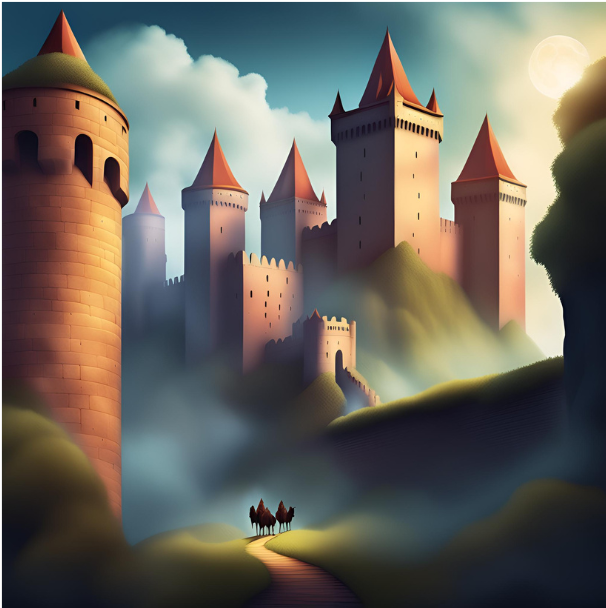
"Attack on Titan" isn’t just a series about epic battles and terrifying Titans—it’s a profound exploration of some of the most complex themes in storytelling. At its core, the anime delves deeply into concepts such as freedom, fear, and the moral complexities of war, using rich symbolism to enhance the narrative.
One of the most prominent themes in "Attack on Titan" is the pursuit of freedom. From the very beginning, Eren Yeager’s desire for freedom drives the story forward. He dreams of a world beyond the walls, free from the constant threat of the Titans. However, as the series progresses, the concept of freedom becomes increasingly complex. It’s not just about physical freedom from the Titans, but also about the freedom to choose one’s path, the freedom from fear, and the freedom to seek the truth, no matter how painful it may be. This theme is mirrored in the struggles of the other characters as well, each grappling with their own understanding of what it means to be free in a world that constantly imposes limitations.
Fear is another central theme, intricately woven into the fabric of the series. The fear of the Titans drives humanity to retreat behind massive walls, living in a state of constant anxiety and repression. This fear is not just of the Titans themselves, but of the unknown, the uncontrollable, and the truth that lies beyond the walls. As the characters confront these fears, "Attack on Titan" raises important questions about how fear can be both a protective force and a destructive one, shaping the choices and actions of individuals and societies alike.
The moral complexities of war are perhaps the most thought-provoking theme in "Attack on Titan." As the series progresses, the lines between good and evil blur, and the characters are forced to confront the harsh realities of conflict. The story challenges the notion of heroes and villains, presenting a world where every action, no matter how justified, comes with a cost. The decisions made by the characters often involve significant moral dilemmas, highlighting the ambiguity of war and the difficult choices that must be made in the fight for survival. This theme is exemplified in the various factions within the story, each with its own motivations and justifications, ultimately questioning the true cost of victory.
The symbolism in "Attack on Titan" adds layers of meaning to these themes. The Titans themselves are more than just monstrous enemies; they symbolize the fears and unknown forces that humanity cannot control. Their mindless destruction and seemingly insatiable hunger reflect the uncontrollable aspects of nature and the inherent dangers of the world outside the walls. Meanwhile, the walls that protect humanity serve as a powerful symbol of both safety and oppression. While they provide protection, they also represent the limitations imposed on freedom and the fear that drives humanity to isolate itself from the unknown. As the series progresses, the walls’ symbolic meaning evolves, representing the barriers that must be overcome to achieve true freedom and understanding.
In conclusion, "Attack on Titan" is a series rich with thematic depth and symbolic resonance. Through its exploration of freedom, fear, and the moral complexities of war, the anime challenges viewers to think critically about the world it portrays and the broader implications of its story. The use of symbolism, from the Titans to the walls, enhances these themes, making "Attack on Titan" a narrative that resonates on multiple levels. It’s this intricate weaving of themes and symbolism that has contributed to the series’ enduring impact and its place as a landmark in modern anime.
Visuals, Animation, and Impact
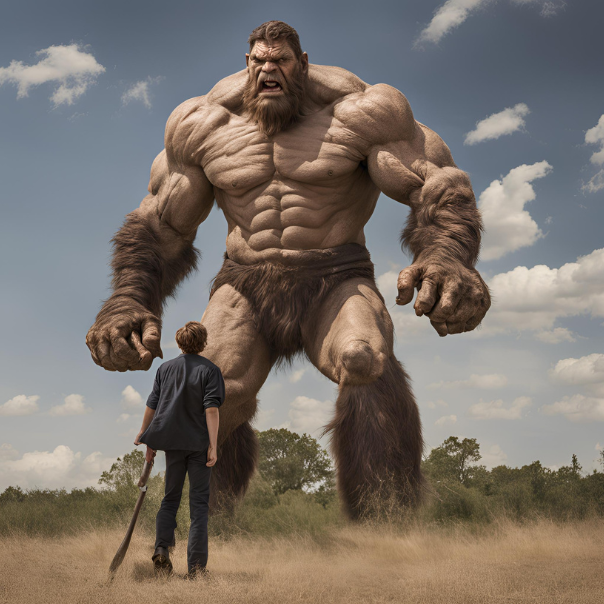
When it comes to "Attack on Titan," one of the most striking aspects is undoubtedly its visuals and animation. From the very first episode, it’s clear that this anime is a visual powerhouse. The animation style is dynamic and intense, perfectly capturing the brutal and often chaotic nature of the world it depicts. The character designs are sharp and distinct, while the backgrounds and settings are meticulously detailed, creating a stark contrast between the serene beauty of the natural landscapes and the horror of the Titans that roam them.
The action sequences in "Attack on Titan" are where the animation truly shines. The use of 3D maneuver gear, which allows the characters to zip through the air and engage Titans at breakneck speeds, is brought to life with fluid motion and exhilarating camera angles. The sense of speed and danger is palpable, making each battle scene a heart-pounding experience. The animators expertly blend traditional animation with CGI to enhance these sequences, ensuring that the action feels both grounded and larger-than-life. It’s this high-octane animation that has kept viewers on the edge of their seats, episode after episode.
The visual aesthetics of "Attack on Titan" also play a significant role in its storytelling. The color palette is carefully chosen to reflect the tone of the series—earthy and muted colors dominate the scenes within the walls, symbolizing the oppressed and confined state of humanity. In contrast, the outside world, often seen during battles, is portrayed with more vibrant and intense colors, highlighting the raw, untamed danger that lies beyond. The contrast between light and shadow is used effectively to enhance the mood, especially during moments of tension or despair.
The impact of these stunning visuals on the anime’s popularity cannot be overstated. "Attack on Titan" quickly gained a massive following, not only because of its compelling story but also because of its breathtaking animation and intense action scenes. These visuals have become iconic, making "Attack on Titan" instantly recognizable even to those who may not be familiar with the series. The anime’s visual style has set a new standard in the industry, influencing other anime creators and studios to push the boundaries of what can be achieved through animation.
Beyond its visuals, "Attack on Titan" has left a lasting legacy on the anime industry. Its success has demonstrated the global appeal of anime, attracting viewers from all over the world and contributing to the growing popularity of the medium outside of Japan. The series has also influenced the way action and horror elements are depicted in anime, with many newer series drawing inspiration from its intense, gritty style. Additionally, "Attack on Titan" has shown that anime can tackle complex themes and deliver them with both emotional depth and visual spectacle, paving the way for future works to explore similarly ambitious narratives.
In conclusion, the visuals and animation of "Attack on Titan" are more than just eye-catching—they are integral to the anime’s storytelling and its widespread appeal. The impact of its stunning visuals has not only contributed to its popularity but has also influenced the broader anime industry, setting a high bar for future productions. Whether it’s through its breathtaking action sequences, its atmospheric use of color, or its pioneering animation techniques, "Attack on Titan" has cemented its place as a landmark series that will be remembered for years to come.
